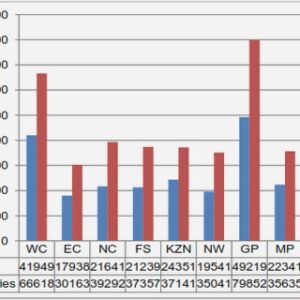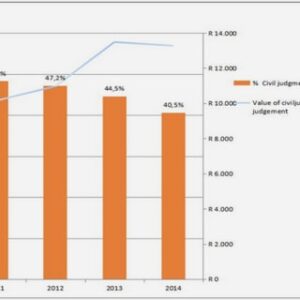(Downloads - 0)
For more info about our services contact : help@bestpfe.com
Table of contents
1 Countering moral hazard in higher education : The role of performance incentives in need-based grants
1.1 Introduction
1.2 Institutional Background
1.2.1 Higher Education in Spain
1.2.2 The Becas de Carácter General Need-Based Grant Program .
1.3 Data
1.4 Empirical Strategy
1.5 Theoretical Framework
1.6 Results
1.6.1 Internal Validity of the Empirical Strategy
1.6.2 Discontinuities in Grant Amounts
1.6.3 Impact on Dropout
1.6.4 Impact on Student Performance
1.6.5 Robustness Checks
1.6.6 Heterogeneous Effects of Grants on Student Performance
1.6.7 Mechanisms
1.6.8 Impact on Degree Completion
1.7 Discussion
1.7.1 External Validity
1.7.2 Interpretation of Results: Efficiency and Equity
1.7.3 Potential confounding factors
1.8 Conclusion
Appendix 1.A Appendix: Main Figures
Appendix 1.B Appendix: Main Tables
Appendix 1.C Additional Figures and Tables
1.C.1 Low-Income Students’ Performance in Higher Education
1.C.2 Validity of the Research Design: McCrary (2008) Test
1.C.3 Discontinuities in Awarded Grants
1.C.4 Robustness Checks
1.C.5 RDD-DID
1.C.6 Comparability between Period I and Period II
1.C.7 Equity Effects
1.C.8 Academic requirements for BCG grant
2 The Gender Gap in Student Performance: The Role of the Testing Environment
2.1 Introduction
2.2 Institutional Background
2.2.1 Standardized Testing in Spain
2.2.2 A Randomized Intervention in the Administration of Standardized Testing .
2.3 Data and Descriptive Statistics
2.4 Empirical Strategy
2.5 Results
2.5.1 Baseline Results
2.5.2 Robustness Checks and Heterogeneity Analysis
2.5.3 Ruling out alternative explanations
2.6 Identifying the mechanisms through which the testing environment affects the gender gap in math
2.7 Conclusion
Appendix 2.A Main Figures and Tables
Appendix 2.B Additional Figures and Tables
2.B.1 Additional Balancing Tests
2.B.2 Description of Variables
2.B.3 Additional Heterogeneous Effects
3 School Choice Priorities and School Segregation: Evidence from Madrid
3.1 Introduction
3.2 Institutional Background
3.3 Data and Summary Statistics
3.3.1 Data
3.3.2 Summary statistics of applicants
3.4 Empirical Strategy
3.4.1 Out of School District Choice and Assignment
3.4.1.1 Event Study: First Difference Approach
3.4.1.2 Difference-in-Difference Analysis
3.4.2 School Segregation
3.4.3 Identification Threats
3.5 Results
3.5.1 Out of District Choice and Assignment
3.5.1.1 Event Study: First Difference Approach
3.5.1.2 Difference-in-Difference Analysis
3.5.2 School Segregation
3.6 Robustness Check: Phasing-in of the Reform in other Municipalities
3.6.1 Out-of-Municipality Assignment and Distance to Assigned School
3.6.2 School Segregation by Immigrant Status
3.7 Conclusion
Appendix 3.A Main Figures
Appendix 3.B Main Tables
Appendix 3.C Additional Figures and Tables
3.C.1 Description of priority criteria
3.C.2 Section Example
3.C.3 Years of Schooling
3.C.4 Population trends in the Region of Madrid
3.C.5 Housing Prices and School Average Performance
3.C.6 To which schools are pupils assigned?
3.C.7 Sample Restrictions
3.C.8 Theoretical Properties of the Boston Mechanism
3.C.9 Difference-in-Difference Approach
3.C.10 Alternative measure of segregation by parental education
3.C.11 School Classification
Bibliography




